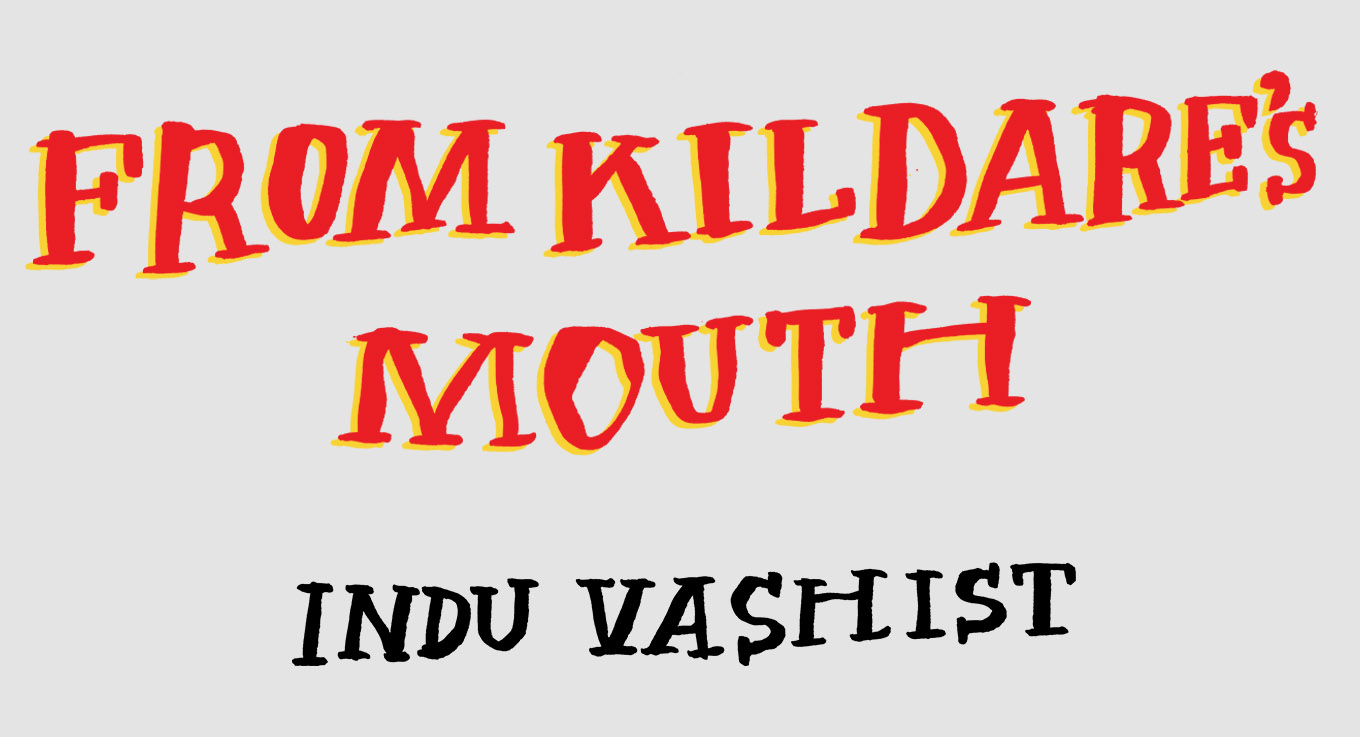



You know, I used to be flesh and blood once. I remember coming into my current form rather slowly. For a brief decade, after Eddie died, I lived out my old age in the pastures of Britain with all the grass and dignity that a royal horse could possibly expect. While my corporeal form was galloping along the countryside, across the ocean, Thomas Brock was drawing my essence. It felt like pieces of me were being split, pulled, like each pencil line on paper was taking some of my body away from the pastures and to Delhi.
Thomas started crafting me in 1910, but it wasn’t until 1921 that I am as you see me today. This transformation from flesh to paper to bronze has given me something that feels like the curse of immortality. I came into full consciousness on February 15, 1922, welcomed into the world again with the sound of a 101-gun salute from Salimgarh Fort. I was placed on a pedestal made of red Agra sandstone, framed by ornate artwork with a giant tablet bearing inscriptions in English and Farsi.
I was located in the centre of a sprawling five-acre park with the best view of the Jama Masjid that Delhi could offer. The park had verdant lawns, golden marigolds, shrubs, palm and narangi trees. Humans loved to converge around me. Some would picnic, others like Maulana Azad, Jawaharlal Nehru, Muhammad Ali Jinnah, and Liaquat Ali would plan, and at night some would make merry in the bushes.
Few humans acknowledge that land carries resonances, but I could feel the reverberations of times past in the ground. I was disturbed by sounds of what had taken place before I was plonked there. You see, the path between Jama Masjid’s Eastern Gate and Lal Qila’s Dilli Gate had a market called Khas Bazaar, which had shops, houses, a mosque, and a madrasa. This bazaar was lively—popular for preachers, storytellers, and entertainers. There were malish-walas along the street providing massages to the weary. In my view, the Britishers were the most petty, the sorest of losers; they hated to see people thrive! As an act of revenge (or maybe they thought of it as disciplining the local population) after the 1857 mutiny, when the bastards regained control of Delhi, this whole area—the bazaar, the mosque, the school, the homes—was razed. So, among the words of azaadi, squeals of pleasure, and the fragrance of the flowers, I would also sense the pain of all that was lost.
In the 1930s, I felt the human desire for azaadi filling the air again. That Nehru who loved to have meetings in my park had his tryst with destiny (amongst others, might I add) in 1947. I saw the sea change—the fall of the Empire, the birth of a nation. Oh, and the frenetic, dreamy energy of those heady years of the 1950s! Then, abruptly one dawn sometime in the 1960s, I was taken off my pedestal and exiled to Coronation Park. I went from communing with Jama Masjid to languishing with statues of disreputable men who had only inflicted violence. Wasn’t it punishment enough that I had to deal with Eddie on my back for the rest of eternity?
In 1969, the oddest thing happened: I was moved again. And when Eddie’s big head wouldn’t fit under any of Delhi’s bridges, it was off with his head! Serves him right! Hahahahaha!
We were packed into a crate, put on a ship and brought across another ocean, to another haunted land, where once stood a bandstand for cruising and shelter.
And here I am today, with Eddie and his reattached head atop, in a place they call Queen’s Park, in a city at this moment in time they call Toronto. One day, I’ll tell you about everything the land has told me about what has happened here. One day, I’ll tell you about all that I have seen here with my own eyes.
You know, when Thomas made me in this form, he didn’t ask if I wanted to continue to bear the burden of Eddie. The truth is that I don’t want to carry him anymore. I know what you did to that bastard Ryerson; if you decide that Eddie is worthy of the same fate, please, try to be gentle with me.
Indu Vashist is currently the Executive Director at SAVAC. She likes art that is not precious and words that are precise.


You know, I used to be flesh and blood once. I remember coming into my current form rather slowly. For a brief decade, after Eddie died, I lived out my old age in the pastures of Britain with all the grass and dignity that a royal horse could possibly expect. While my corporeal form was galloping along the countryside, across the ocean, Thomas Brock was drawing my essence. It felt like pieces of me were being split, pulled, like each pencil line on paper was taking some of my body away from the pastures and to Delhi.
Thomas started crafting me in 1910, but it wasn’t until 1921 that I am as you see me today. This transformation from flesh to paper to bronze has given me something that feels like the curse of immortality. I came into full consciousness on February 15, 1922, welcomed into the world again with the sound of a 101-gun salute from Salimgarh Fort. I was placed on a pedestal made of red Agra sandstone, framed by ornate artwork with a giant tablet bearing inscriptions in English and Farsi.
I was located in the centre of a sprawling five-acre park with the best view of the Jama Masjid that Delhi could offer. The park had verdant lawns, golden marigolds, shrubs, palm and narangi trees. Humans loved to converge around me. Some would picnic, others like Maulana Azad, Jawaharlal Nehru, Muhammad Ali Jinnah, and Liaquat Ali would plan, and at night some would make merry in the bushes.
Few humans acknowledge that land carries resonances, but I could feel the reverberations of times past in the ground. I was disturbed by sounds of what had taken place before I was plonked there. You see, the path between Jama Masjid’s Eastern Gate and Lal Qila’s Dilli Gate had a market called Khas Bazaar, which had shops, houses, a mosque, and a madrasa. This bazaar was lively—popular for preachers, storytellers, and entertainers. There were malish-walas along the street providing massages to the weary. In my view, the Britishers were the most petty, the sorest of losers; they hated to see people thrive! As an act of revenge (or maybe they thought of it as disciplining the local population) after the 1857 mutiny, when the bastards regained control of Delhi, this whole area—the bazaar, the mosque, the school, the homes—was razed. So, among the words of azaadi, squeals of pleasure, and the fragrance of the flowers, I would also sense the pain of all that was lost.
In the 1930s, I felt the human desire for azaadi filling the air again. That Nehru who loved to have meetings in my park had his tryst with destiny (amongst others, might I add) in 1947. I saw the sea change—the fall of the Empire, the birth of a nation. Oh, and the frenetic, dreamy energy of those heady years of the 1950s! Then, abruptly one dawn sometime in the 1960s, I was taken off my pedestal and exiled to Coronation Park. I went from communing with Jama Masjid to languishing with statues of disreputable men who had only inflicted violence. Wasn’t it punishment enough that I had to deal with Eddie on my back for the rest of eternity?
In 1969, the oddest thing happened: I was moved again. And when Eddie’s big head wouldn’t fit under any of Delhi’s bridges, it was off with his head! Serves him right! Hahahahaha!
We were packed into a crate, put on a ship and brought across another ocean, to another haunted land, where once stood a bandstand for cruising and shelter.
And here I am today, with Eddie and his reattached head atop, in a place they call Queen’s Park, in a city at this moment in time they call Toronto. One day, I’ll tell you about everything the land has told me about what has happened here. One day, I’ll tell you about all that I have seen here with my own eyes.
You know, when Thomas made me in this form, he didn’t ask if I wanted to continue to bear the burden of Eddie. The truth is that I don’t want to carry him anymore. I know what you did to that bastard Ryerson; if you decide that Eddie is worthy of the same fate, please, try to be gentle with me.
Additional reading:
Eddie and Me (Canadian Art)
Historicist: Here Comes the Equestrian Statue (Torontoist)
At 100, people recall Delhi’s old Edward Park & its famous ‘horse' (ThePrint)
Netaji Subhash Park in Old Delhi outlives names, statues (Hindustan Times)

Indu Vashist is currently the Executive Director at SAVAC. She likes art that is not precious and words that are precise.